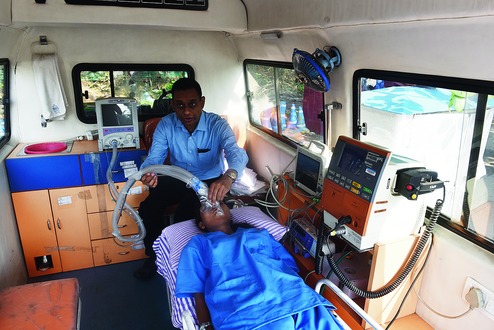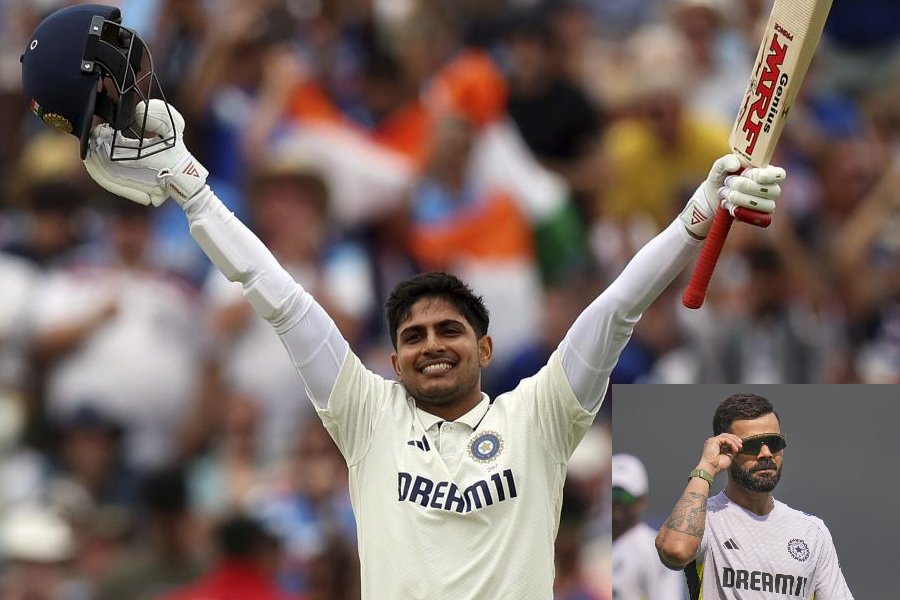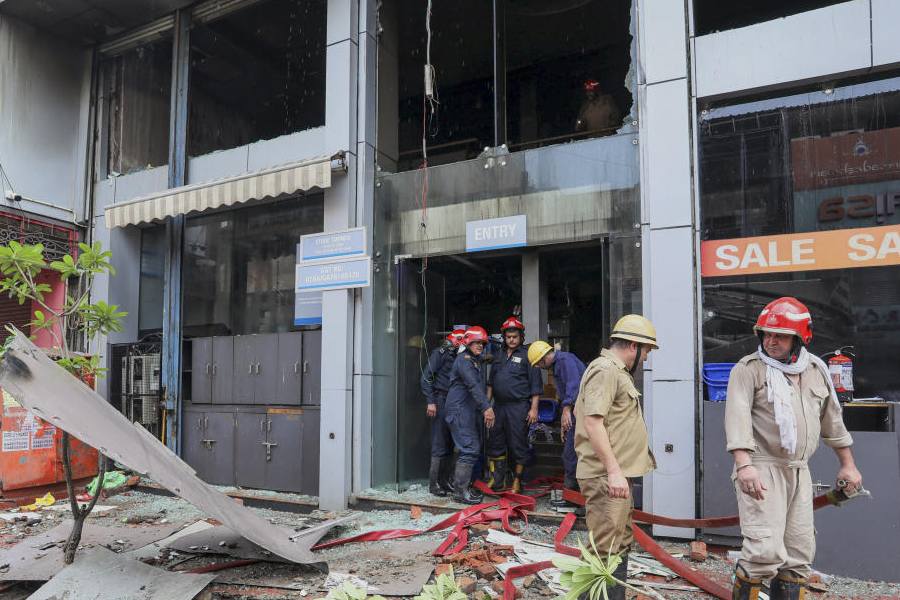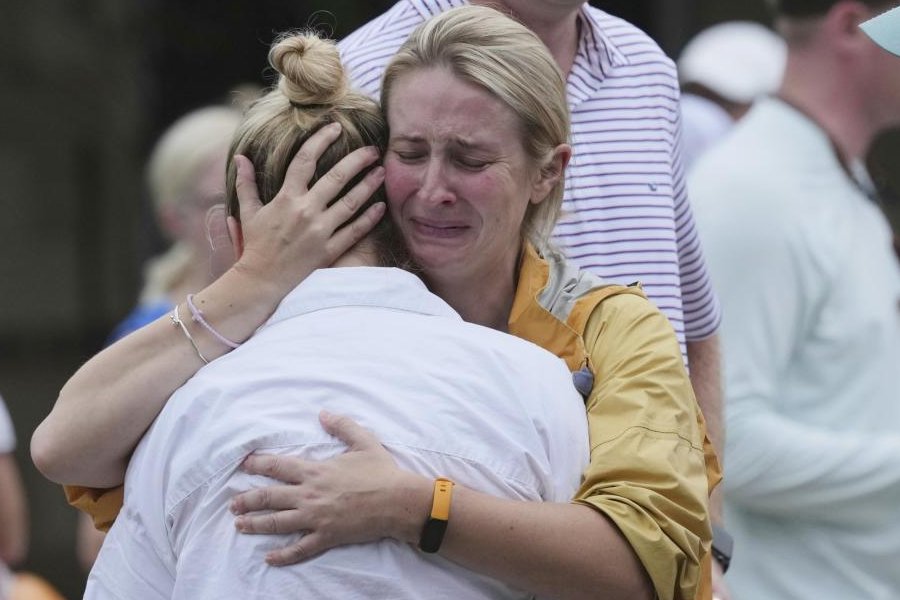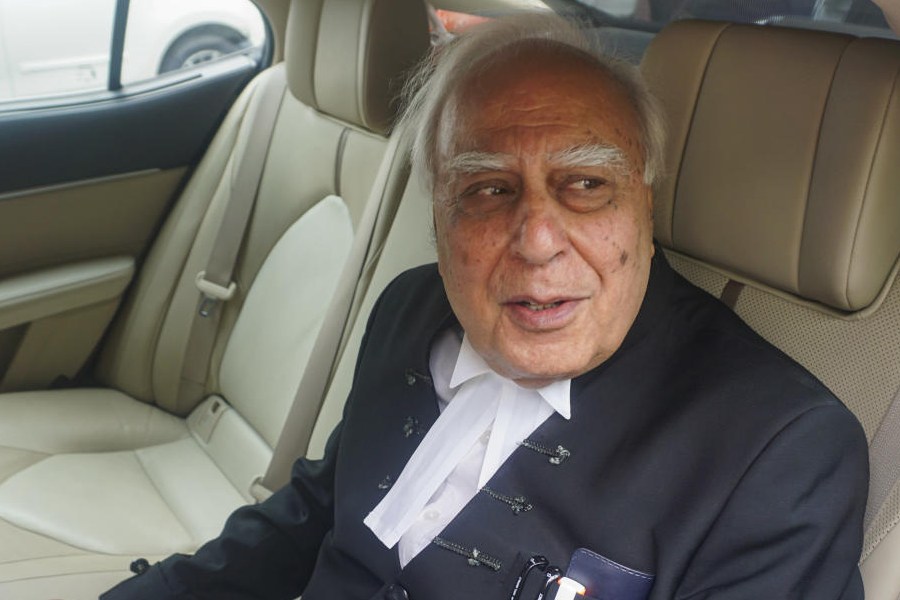
Esplanade: Ambulances that ferry critical patients should have a doctor trained in emergency medicine apart from ventilators, cardiac monitors and defibrillators, doctors said on Thursday.
The first hour is important for those injured in road accidents or have had heart failure. Proper and fast medical help can cut down the number of deaths, the doctors said.
"Critical care ambulances should have a ventilator to help patients breathe, a defibrillator to give shock and regularise the heartbeat, a syringe pump and cardiac monitor apart from life-saving drugs," David Rozario, interventional cardiologist at Narayana Superspeciality Hospital, said. "But a doctor has to be there... without a doctor there is no point in the whole exercise."
Rozario was speaking at the Press Club for the launch of a heart failure clinic at the hospital and the introduction of two acute cardiac life support (ACLS) ambulances.
Bengal has no regulation regarding the equipment an ambulance must have or the qualification of those who remain with patients during their journey to hospital.
In March, Arijit Das, a Madhyamik examinee, died on the way to Calcutta from Burdwan. The ambulance in which he was being brought to the city had a ventilator. But it was of no use because an AC mechanic masqueraded as a doctor and he couldn't even fix an oxygen mask when the teen's condition worsened.
Doctors felt global standards should be followed for at least critical patients.
A doctor on board is important because he/she will have the expertise to put a patient on ventilator and understand the heart disorder and determine how many shocks are needed, they said.
The ambulances launched on Thursday will ferry critical patients not suffering from heart failure as well, Akshay Oleti, facility director at the hospital, said. There will be a doctor, a paramedic and a nurse each trained in handling cardiac emergencies, he said.
The continuous ECG reading on the cardiac monitor has to be comprehended to know the exact nature of cardiac ailment. A call might have to be taken on the administration of life-saving drugs, which would again require the expertise of a doctor.
Putting a patient on ventilator, especially a road accident injured, might prove tricky. Extreme caution has to be exercised to ensure internal wounds don't get aggravated, Rozario said.

